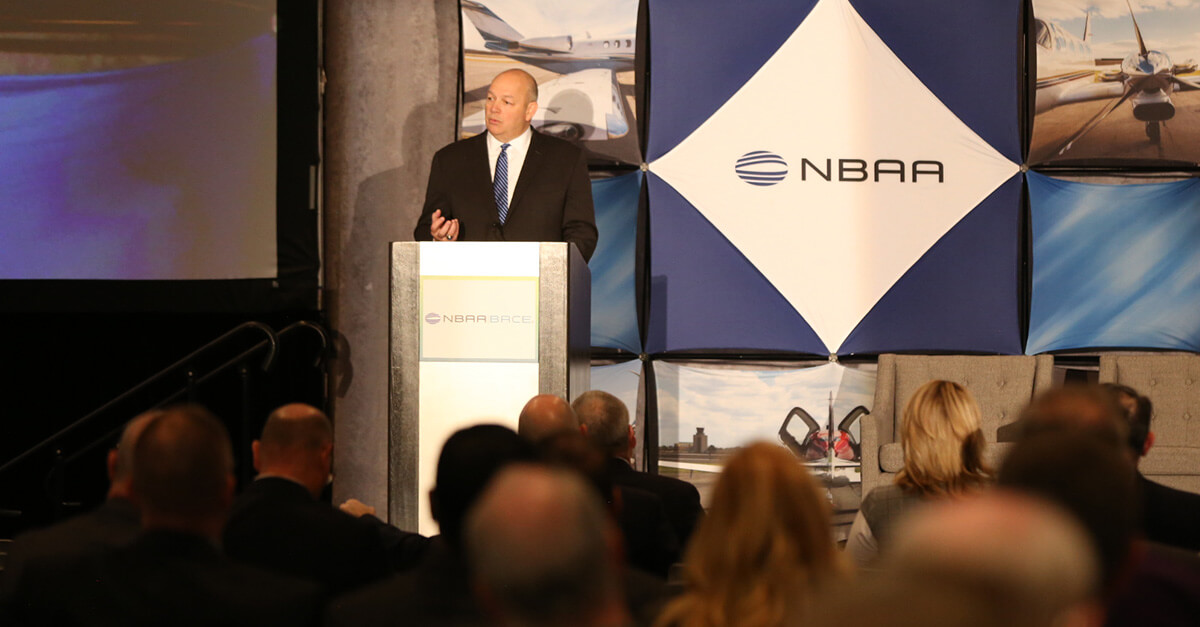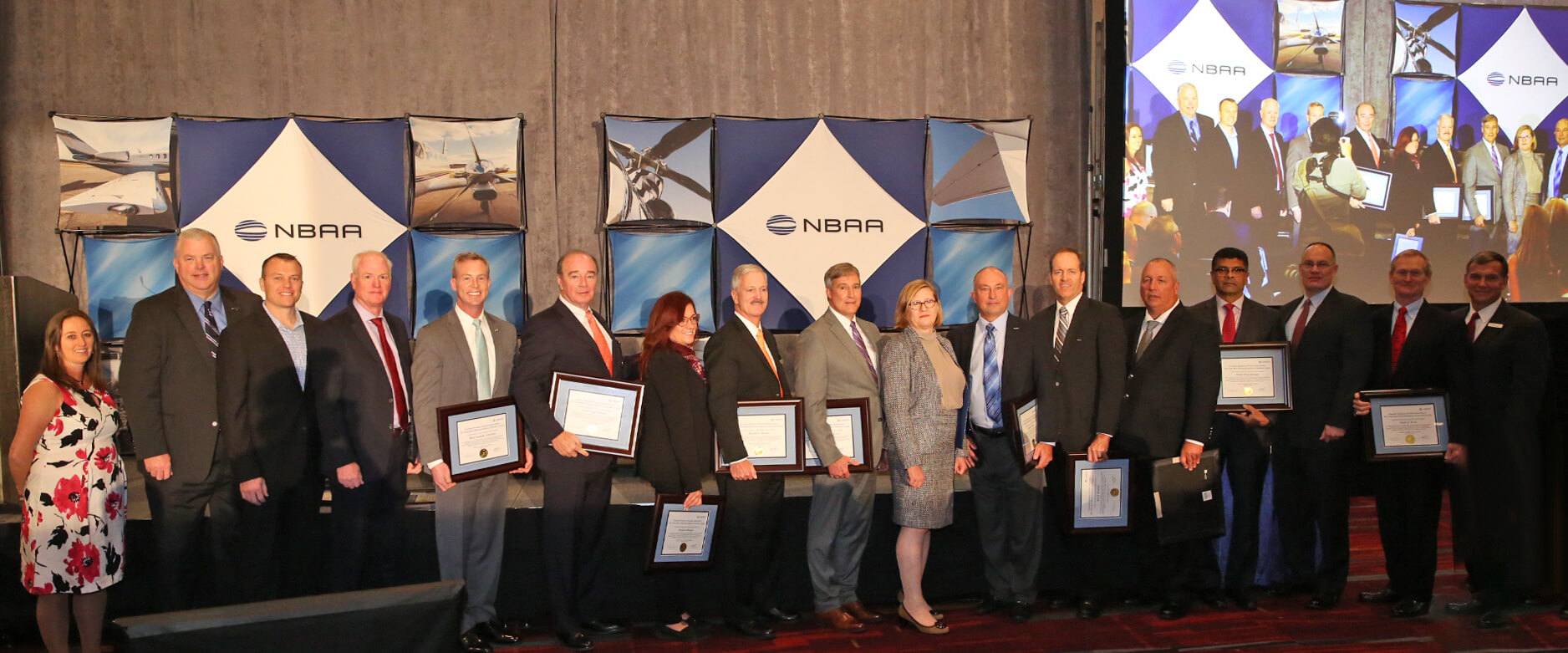National Safety Forum Examines Collaborative Approach to Improving Airmanship Skills

Oct. 24, 2019
Under the theme of taking a “back-to-basics” approach to improving airmanship, the fifth annual NBAA National Safety Forum focused on the importance of ‘stick-and-rudder’ flying skills – an aspect many pilots believe has taken a back seat in the rush toward cockpit automation – and the importance of sharing resources and data to help prevent accidents.
Presentations throughout the forum, held during the 2019 NBAA Business Aviation Convention & Exhibition (NBAA-BACE), addressed the upward trend of general aviation accidents over the past few years; finding a definition for excellence in airmanship; automation management and decision points on when to disengage automated systems. The program also examined tips for flight departments to set up continuing airmanship education programs.
“For our industry, it’s safety first, safety last and safety in between,” said NBAA President and CEO Ed Bolen. “It’s fundamental to who we are, and our ability to thrive today and in the future. And yet, it’s something that a lot of people take for granted because our track record shows that we are the safest mode of transportation. So, how do we take that given and make it a reality?”
FAA Administrator Steve Dickson emphasized the importance of collaborative solutions for training and safety challenges, as well as participation in voluntary safety reporting programs like the FAA’s Aviation Safety Information Analysis and Sharing program, or ASIAS.
“Safety is not [something] we just talk about, right? It’s got to be your most important core value,” Dickson said. “We see progress being made toward reducing the fatal accident rate, and we need to continue those efforts and to continue to build up that part of our safety ecosystem. NBAA, business aircraft manufacturers and several flight departments in attendance have been integral to that success. Going forward, let’s talk about some data initiatives in business aviation and how we can work together.”
Randy Brooks, vice president for training and business development at Aviation Performance Solutions, emphasized taking a “purposeful practice” approach to maintaining hand-flying skills on the flight deck.
“This is a building block approach to learning a lot of small things to try and reach an end result, and it involves getting out of one’s comfort zone,” he said.
Effective training also includes learning from the experiences of others. Lou Nemeth, chief safety officer for training provider CAE, emphasized the need to identify and mitigate accident causes through a “closed loop” process before they develop into trends. “We identify the indicator of a problem, we mitigate it and then measure those results,” he explained. “And, we put that data back into the training curriculum so that it constantly evolves based on the data that we see.”
NBAA Safety Committee Chair Tom Huff further noted the importance of collaboration, including utilizing resources available through the association. “We’re a small army and we are here for you,” Huff said of safety committee members. “We want to be viewed as a resource for you all. If you have ideas beyond what we provide on the website, and our outreach through our regional forums, National Safety Forum, Single Pilot Safety Standdown – please reach out to us.”

Huff and other committee members also honored the 15 recipients of the 2019 Dr. Tony Kern Professionalism in Aviation Award, recognizing individuals in the business aviation industry for outstanding professionalism and leadership in support of aviation safety. Learn more about the award winners.
Any person who attends an NBAA convention, conference, seminar or other program grants permission to NBAA, its employees and agents (collectively "NBAA") to record his or her visual/audio images, including, but not limited to, photographs, digital images, voices, sound or video recordings, audio clips, or accompanying written descriptions, and, without notifying such person, to use his or her name and such images for any purpose of NBAA, including advertisements for NBAA and its programs.
Related Articles
December 20, 2019
Did You Miss It? Thought Leaders’ Perspectives Featured in Best of 2019 NBAA TV Live
November 1, 2019
Video: What’s Holding Up Sustainable Fuel Use? NBAA-BACE Panel Explores the Question
October 24, 2019
NBAA-BACE Report – Oct. 24, 2019
October 24, 2019


 International Business Aviation Council Ltd.
International Business Aviation Council Ltd.